Challenge 5: The Red Light, Green Light of Inclusive Smart Cities
Steering Life To The Streets

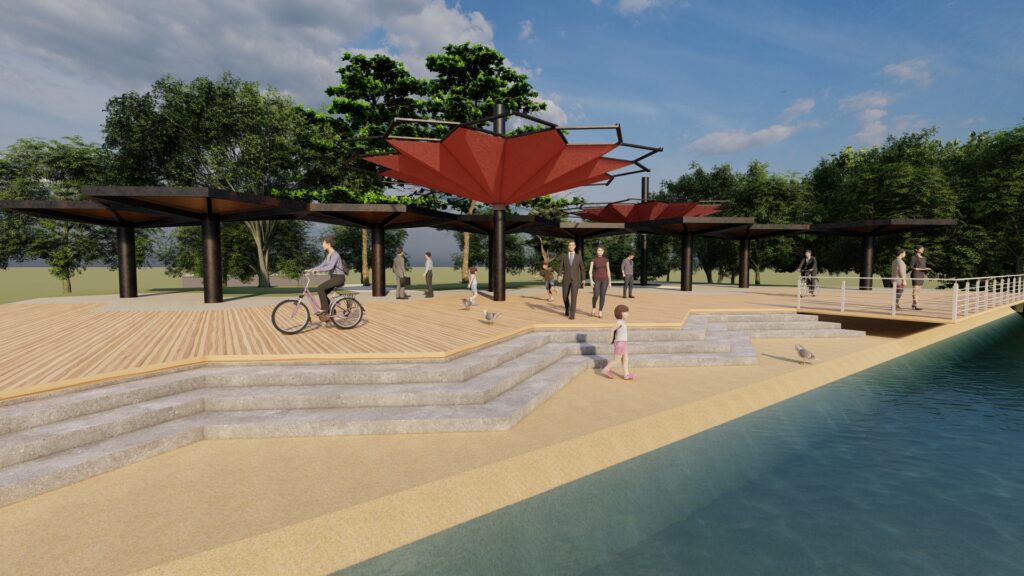
Searching for an integral solution, that attracts people, tourists, and companies to a livable, healthy and biophilic city? Welcome to Smart Bloom, a startup founded by three Colombian students of Architecture, dreamers, and faithful believers of smart inclusive cities for everyone. Our goal? Improving the city’s life through a concrete solution: a modular and flexible architectural system inspired by the lotus flower, an aquatic plant full of significance related to self-regeneration, awakening and enlightenment.
In that sense, we aim to awake the streets by giving them live with activities, opportunities, and smartness to everyone, everywhere in the city. This, with the participation of the local communities, so that social cohesion will be one of the many ingredients that smart cities currently need. Interested? Keep reading, so that you understand more about the origins of this idea, what we are proposing and how it is going to be developed.
Cities have the capability of providing something for everybody, only because, and only when, they are created by everybody
Jane Jacobs
To begin, how did this start?
Our point of start was the project of “Busan Eco Delta Smart City”, the case study of this challenge. A new smart city located in the west side of Busan, South Korea. This is a city designed from scratch, that it’s actually a test bed for the national smart city pilot project of South Korea. Its area, it’s around 11.8k㎡ and the target population is 76,000 people. This project is anticipated to become a growth hub for the relatively underdeveloped area of Busan, and will apply new technologies related to the 4th Industrial Revolution to establish an innovation ecosystem and present a leading model for future smart city developments.
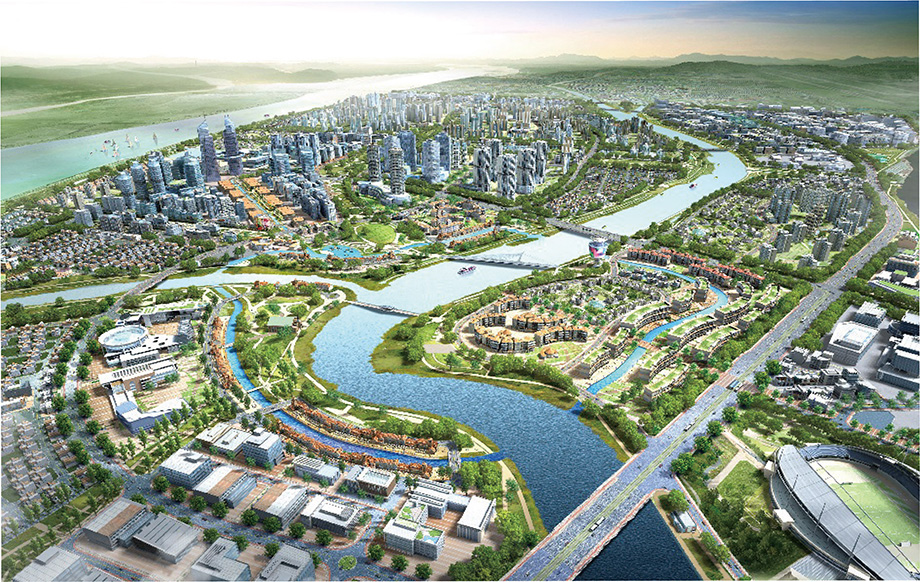
“How might we develop smart cities that are innovative and take advantage of the newest technologies while not leaving any of its citizens behind?”.
And we, as architects, proposed starting from the actual stage of construction of the city, its objectives, and its KPI, the solution that you are about to meet.
What Is the Issue that we are dealing with?
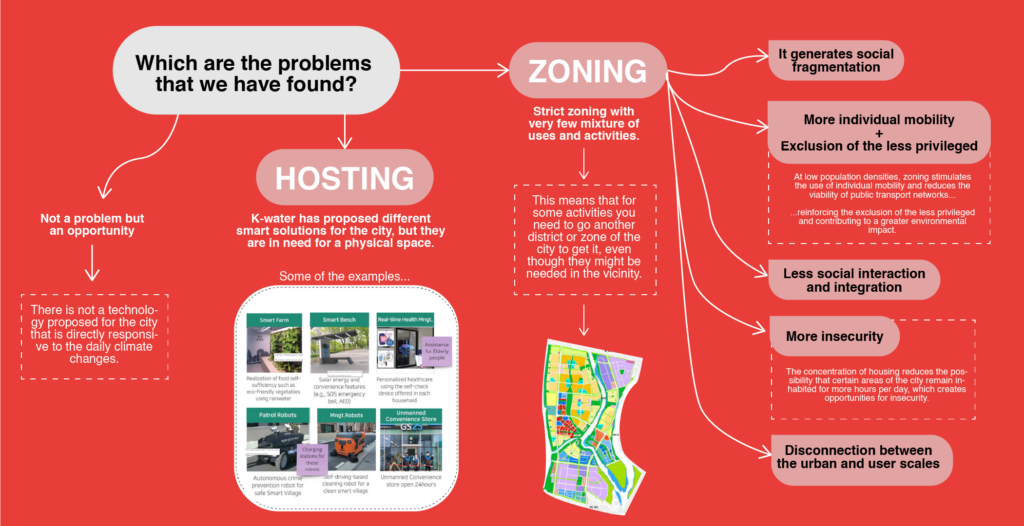
What Do We Propose as a Solution?
Replicable, adaptable, flexible, and sustainable
As a solution, we have proposed a modular architectural system inspired by the lotus flower, located in the green areas of the city, that aims to function as a network of social interaction and business spots throughout the Busan Eco-Delta Smart City. To be replicable, these modules intend to be easily and efficiently constructed. In addition, another of our goals is related to tradition, as we aim the project to be a “bridge” between the new technologies and the Korean traditions.
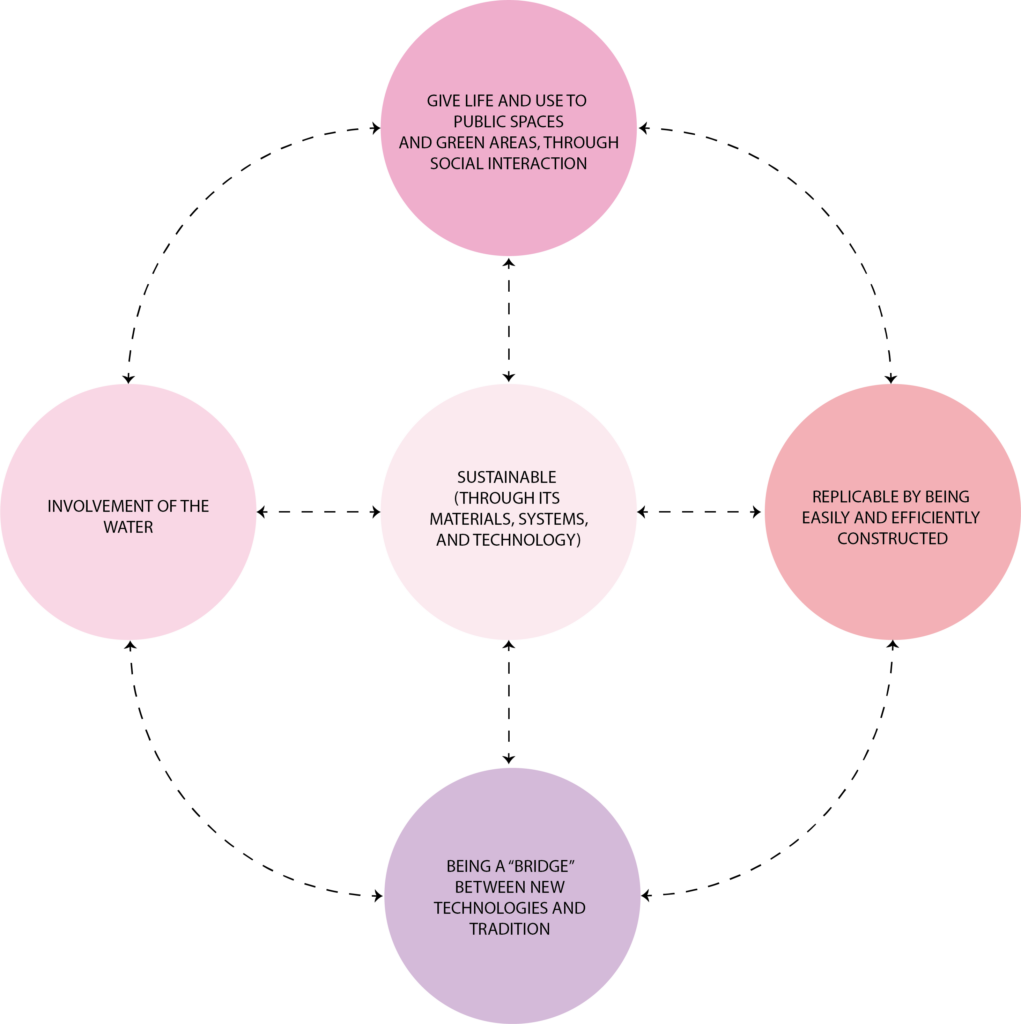
How is the module aiming to contribute to a solution?
In the first instance, these modules have the intention of “breaking off” the strict zoning of the city, by providing its different sectors with supplementary activities that are not found in the nearby areas. In addition, these modules aim to host and be a place for the different smart solutions that are proposed by K-water, which simultaneously serves the purpose of both, giving businesses and stakeholders a place in the city, and giving the community and general public a place of reunion and Interaction.
What are the benefits and impacts this building aims to create in the city?
From the interviews we made with Korean people and stakeholders we learned that Koreans are spending a lot of their time at their homes, with little human interaction outside of their households. For this reason, we hope that this module achieves a livable city with a very user-oriented focus. The general idea in social terms, has the goal of creating human interactions, and a communal space where people can share experiences.
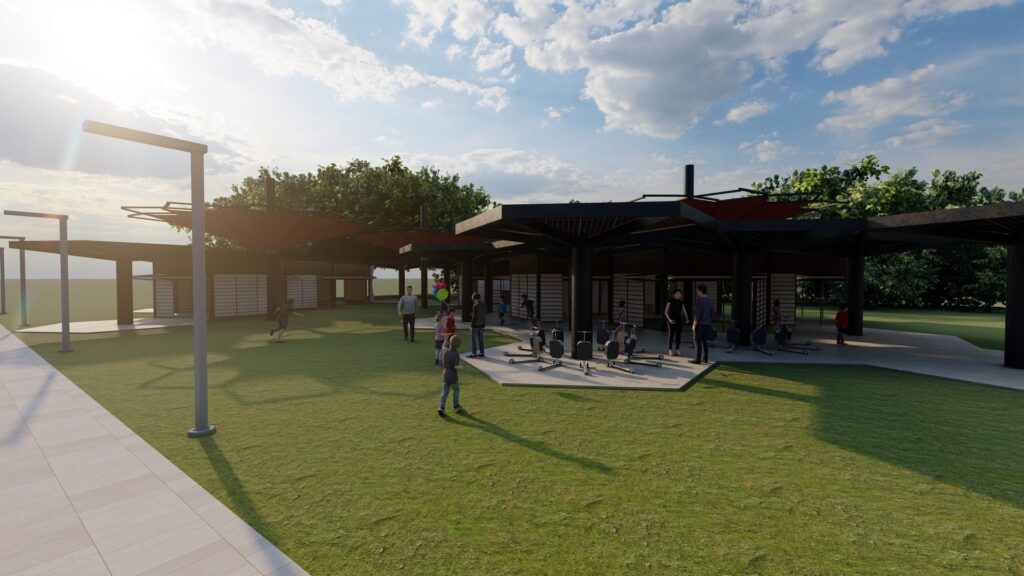
On the other hand, in terms of the economy of the city, the project has the goal of creating tourism through its striking shapes and innovative system. Moreover, the project intends to attract investors, businesses, and possible stakeholders in the city, by giving them strategic places in the city where they could get a constant influx of clients and users.
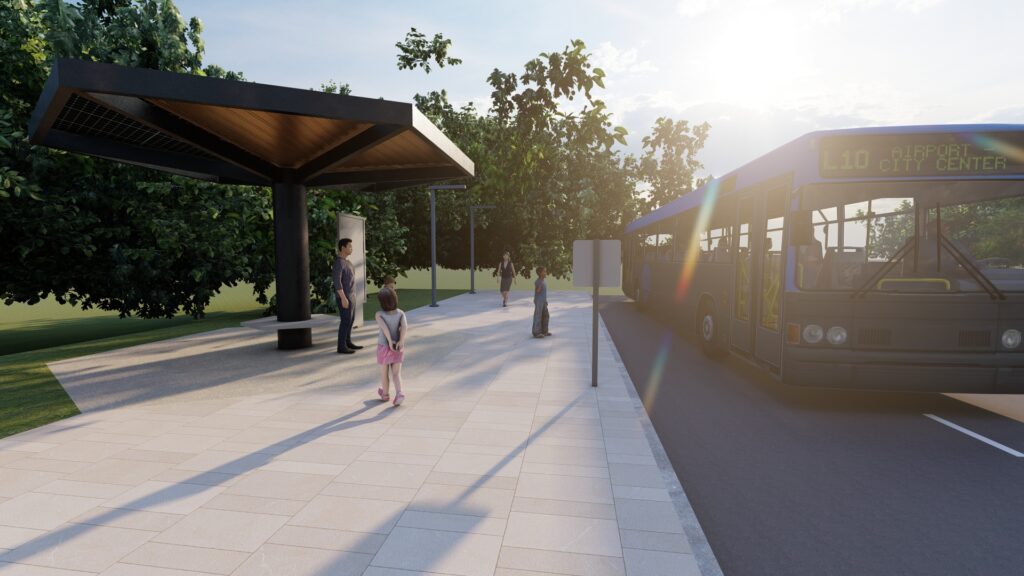
How is the community involved?
“Citizen participation is equally important, as the citizens are the ones who use, propose and take ownership of the services offered by the smart cities, assuming that the social use is not dissociated from the technological offer, but instead that they are complementary”
Johana Perez Daza
We aim to involve the community by having a participative design, as the module intends to be very flexible in terms of the different uses and activities it could host, the idea is to get together with the community and the private parties to define which are the uses that would fit best their necessities.
In addition, the community is involved as the modules have a customization condition, in which the public parts can adapt according to the daily necessities of the users who use them.
How and why is the water involved?
Busan is a city that has about 2134mm of precipitation per year, which means: It rains, A LOT, so it is an important factor when designing for the city. Hence, we wanted to include this environmental factor into our design.
The roofing system of the modules is composed of two different roofing systems, on one hand, it is expected to collect rain water and take it to underground filtering and cleaning tanks, for a later use in other parts of the system, following the ideas of: Confort, ludic and contemplative.
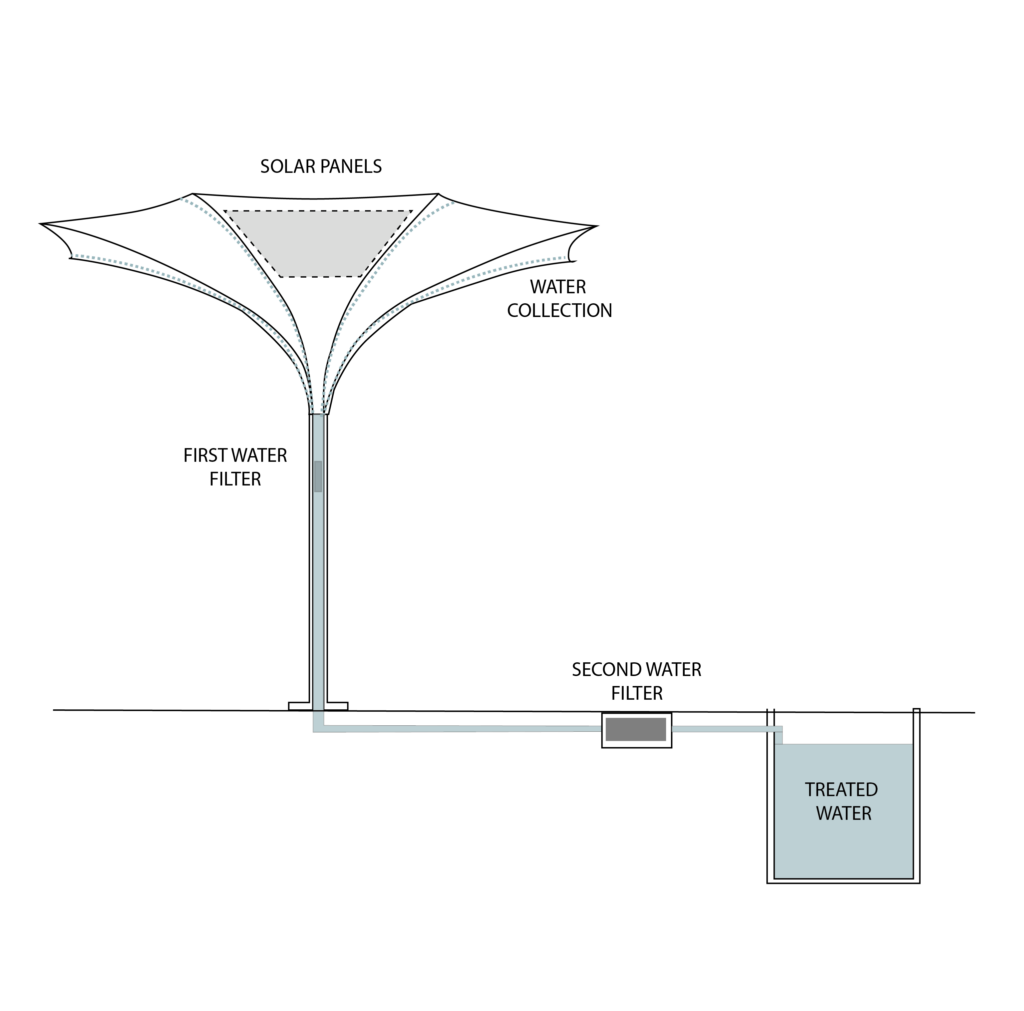

Comfort
On a hot day, the water can be sprayed as vapour throughout the project, in order to provide fresh spaces.

Ludic
The module could offer spaces of recreation and play involving the water
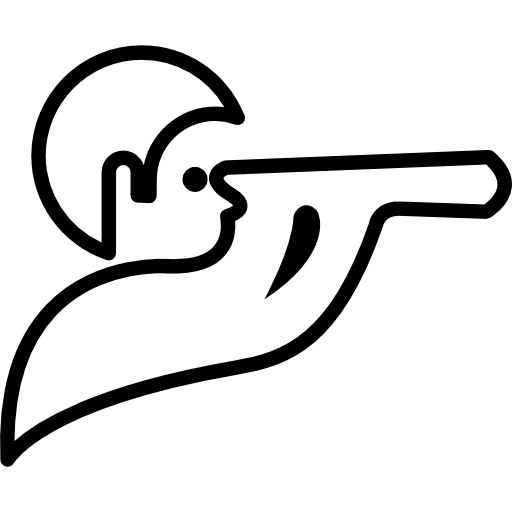
Contemplative
Firstly, some of the columns of the project are transparent, in order to see the way in which the water collected swirls down towards the tanks. And, secondly, this water could be used in resting spaces of observation and contemplation, such as ponds or water mirrors.
On the other hand, there is a smart and responsive module that opens itself up when there is a change in the weather conditions (rain or high UV radiation) to shelter the users.
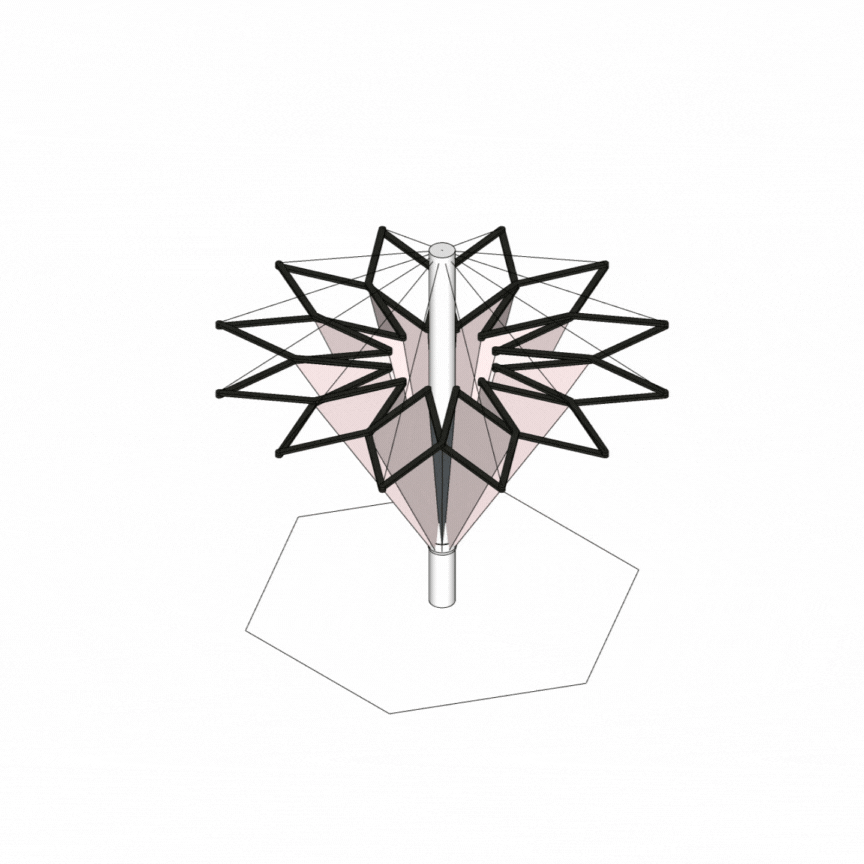
What was our source of inspiration for the project?
Primarily, we took inspiration from the lotus flower, which is one of the most important symbols in both Korean culture and its traditional religions, and is also known for growing in delta areas, such as the one in which the city is located.
Lotus flowers are characterised for its various physical properties that were reinterpreted into architectural strategies, and also in the shape of the modules for the visual aesthetics of the flower.
Starting with the physical properties:
- The surface of the lotus leaves is known for being hydrophobic, meaning that it repels water and also some dirt particles, which was reinterpreted as the roofing system of our modules, as it helped in the water recollection process.
- The lotus water has the capacity of opening and closing its petals in response to changes in the environment, like light and temperature, which was reinterpreted as the flexible and movable panels that the project has, in order to adapt to the necessities of its users.
____________________________________________________
There is a study made by: “Fusion Bionic” that aims to create a way of nano-texturing surfaces inspired by different organisms, among them, the lotus leaves, in order to create self-cleaning surfaces.
As they say: “ Zoom into a lotus leaf, a butterfly’s wing, or a moth’s eye and you’ll see intricate arrays of extremely tiny bumps, precisely positioned to repel water, dirt, or bacteria––or even to provide colour or to better absorb light––without the organism having to expend any additional energy.”
We are not experts in this matter of material systems, but our roofing surfaces might be based on the solution by “Fusion Bionic”, in order to have hydrophobic and self-cleaning surfaces.
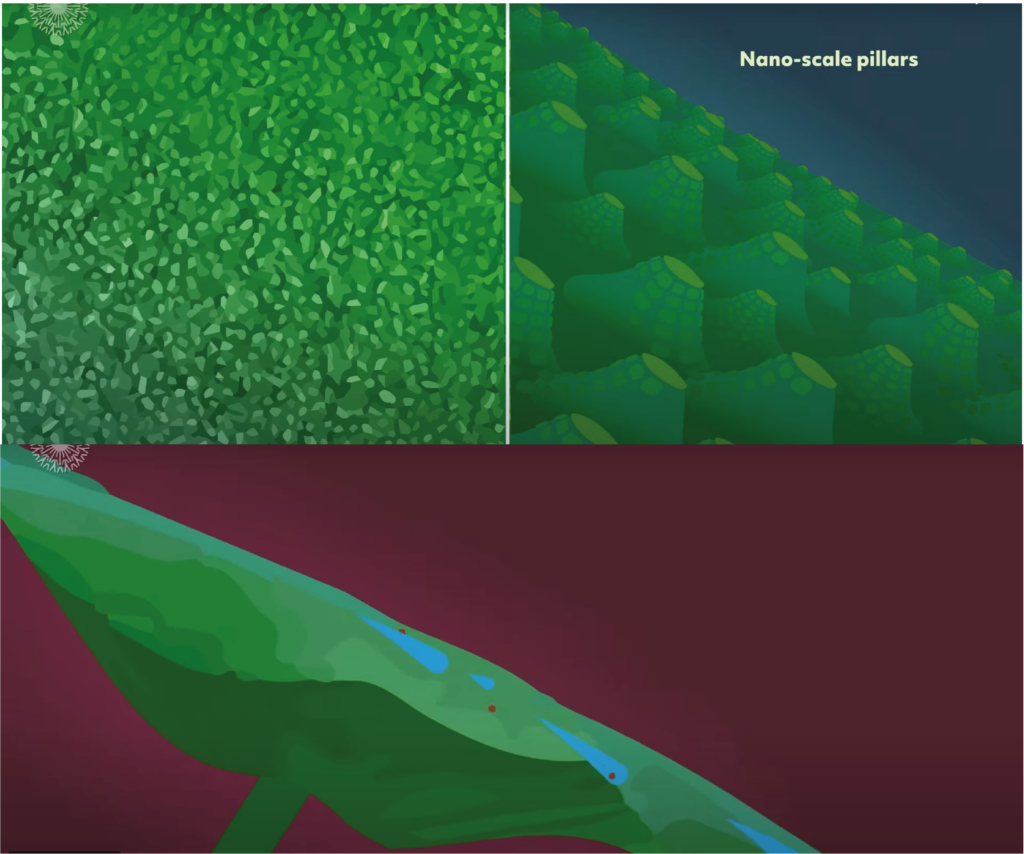
____________________________________________________
Continuing with the visual aesthetics of the flower, we geometrized the general shape of it, having in this way the roof shape of our different modules, and of course of the “flower” responsive one.
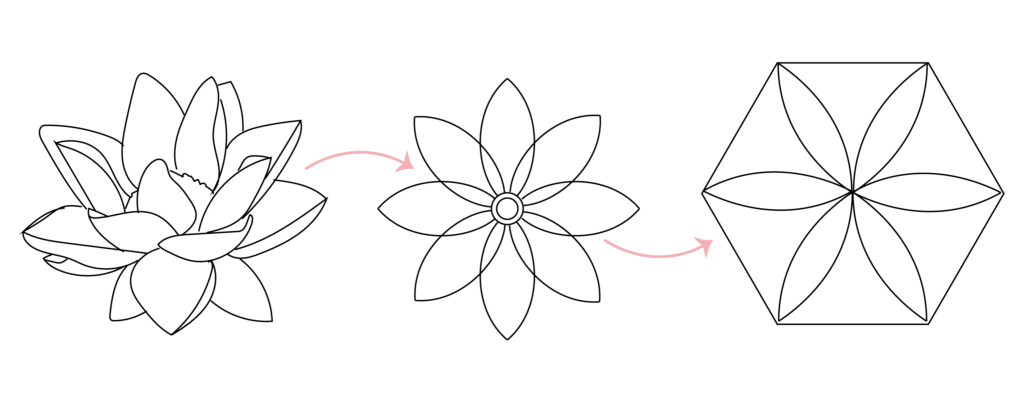
Finally, we want to end with a little metaphor:
Lotuses bloom after rainy seasons, so, as the real flower, our module “blooms” and opens with rainy conditions to shelter our users.
The Authors
What is the mechanism behind it, and how are the modules being thought of?
The general idea of the modules is to begin from a single cell that can function by itself but can also get replicated through a grid, creating a whole ensemble. But the innovation and “playfulness” that exists in the project rely on the adaptability and flexibility that lies within its different elements and components, in the way in which the structure is also a water intake element, and of course relies on the general shape and inspiration of the project.
These modules aim to be very flexible, as the only fixed elements are the roofing system and central column, achieving in this way a project of polyvalent spaces.
Do you want to understand better the project? You must watch
this 3D model! (Clicking in the link below)
https://3dwarehouse.sketchup.com/model/655af20c-57df-4ec1-827b-649dc7471b6a/SmartBloom
The “musts” of our project
Our project is defined by some key elements that always have to be present:
- There’s always a private use combined with public and communal areas
- There’s always a garden
- Flexible cladding that introduces korean tradition to the project
- The module’s uses have to be defined with the participation of the community
System elements
1. Three different types of modules (According to the necessity)
- Fixed (host the different activities that need coverage)
- Responsive (activities that could be covered or not, depending on the environmental conditions)
- Interactive (host the recreational outdoor activities)
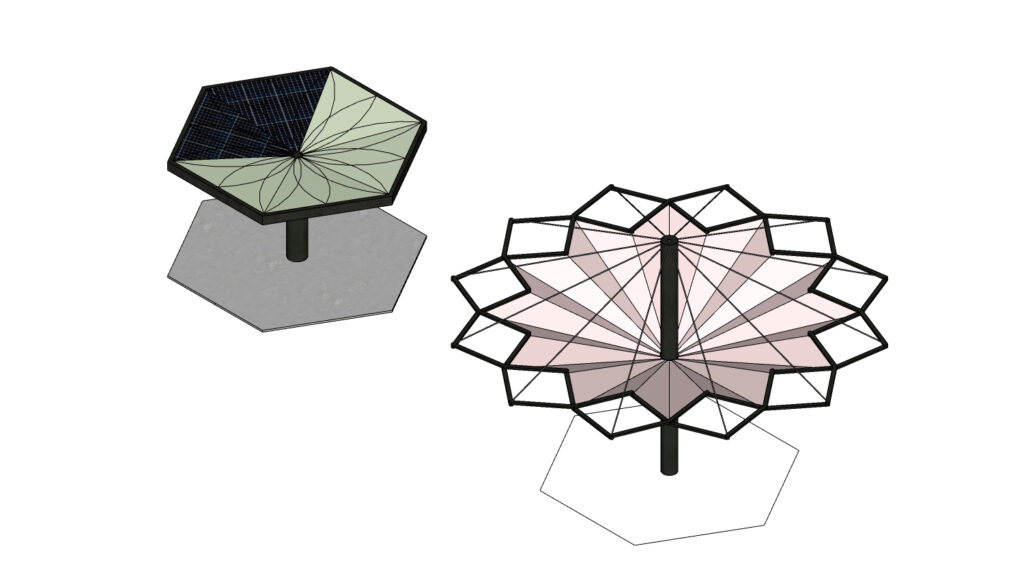
2. Three types of vertical enclosures. These ones are meant to introduce korean tradition to the project, as they are based on traditional weavings and traditional paper folding techniques (Jong-i jeobgi)
- Fixed panels (For the private uses, which need more stable and permanent enclosures)
- Panels with hinges (This one are also thought for the private areas, but they have panels that can move upwards with hinges, opening and expanding the space to the outside)
- Mobile panels (For the public uses, as the idea is that the people can open or close the space as convenient for the activities they want to do)
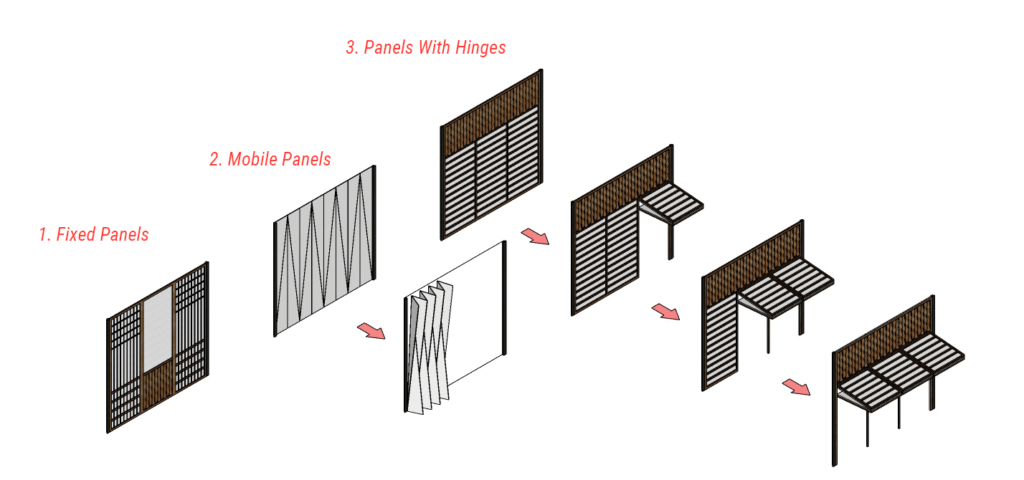
3. Two types of roofs
- Adaptable to weather and environmental conditions (Normally its closed, leaving space for outdoor activities, but when it rains or the UV radiation is very high it opens leave the space for the same activities, but covered and sheltered) –The flower
- Water intake (Hydrophobic roof) –The leaf (This ones have solar panels located on the face facing towards the south, to be the most effective for the rays intake)
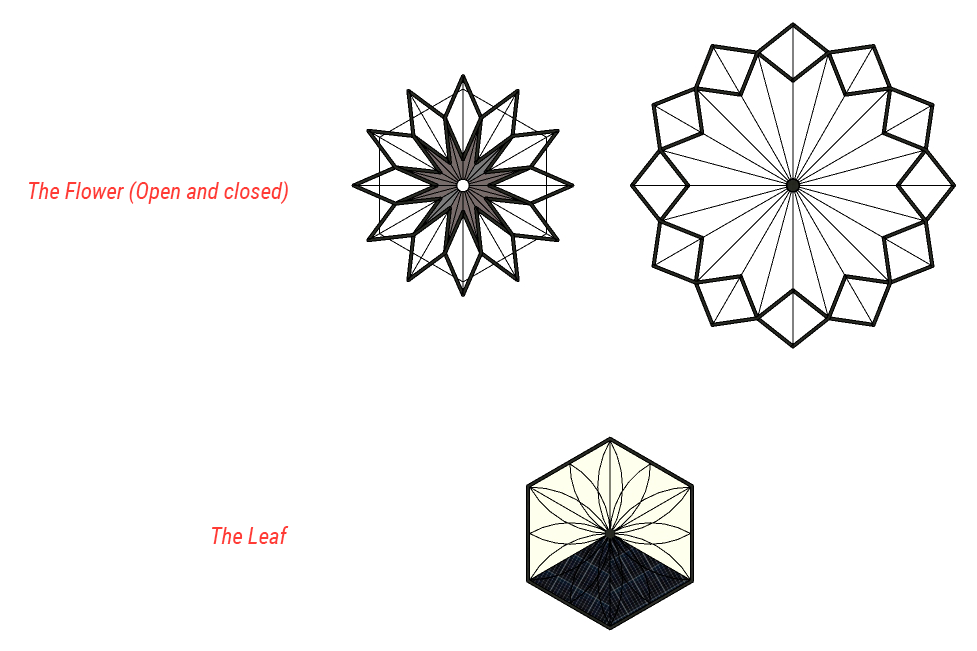
4. Various types of floorings (According to the necessity)
- Bare ground
- Garden
- Indoor Hard floor
- Exterior hard floor
Below are found some of the module examples that can be done with some of the different uses it can have, and additionally, some of the different types of groupings that can be made from them:
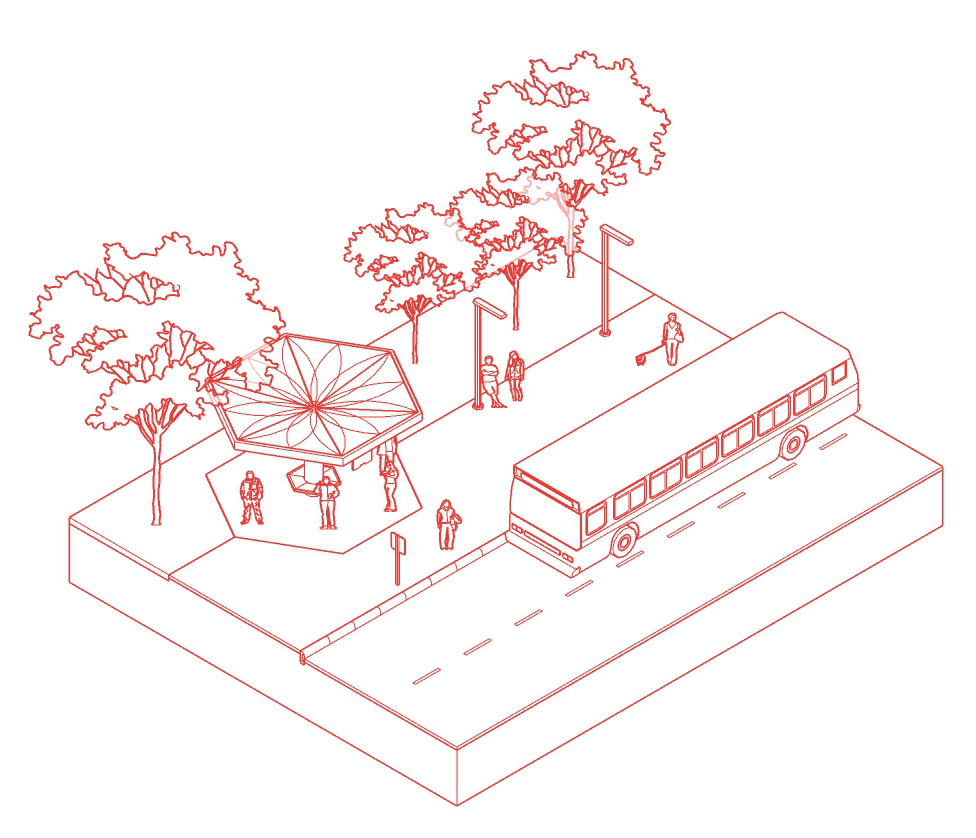
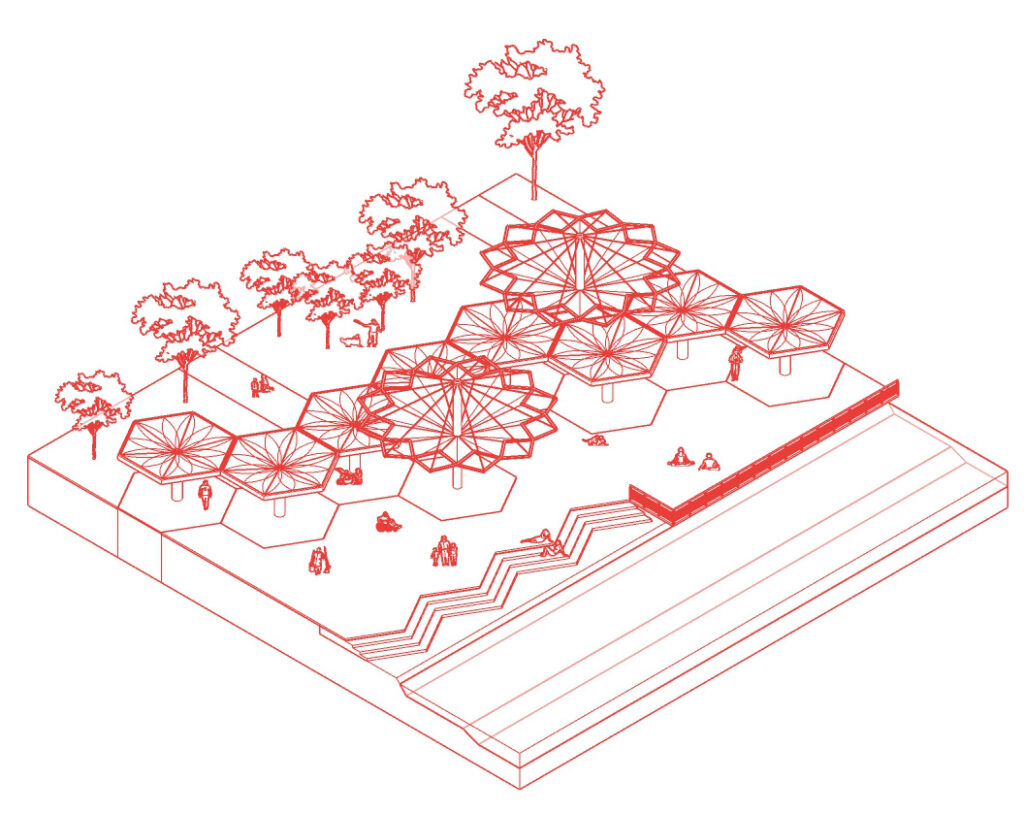
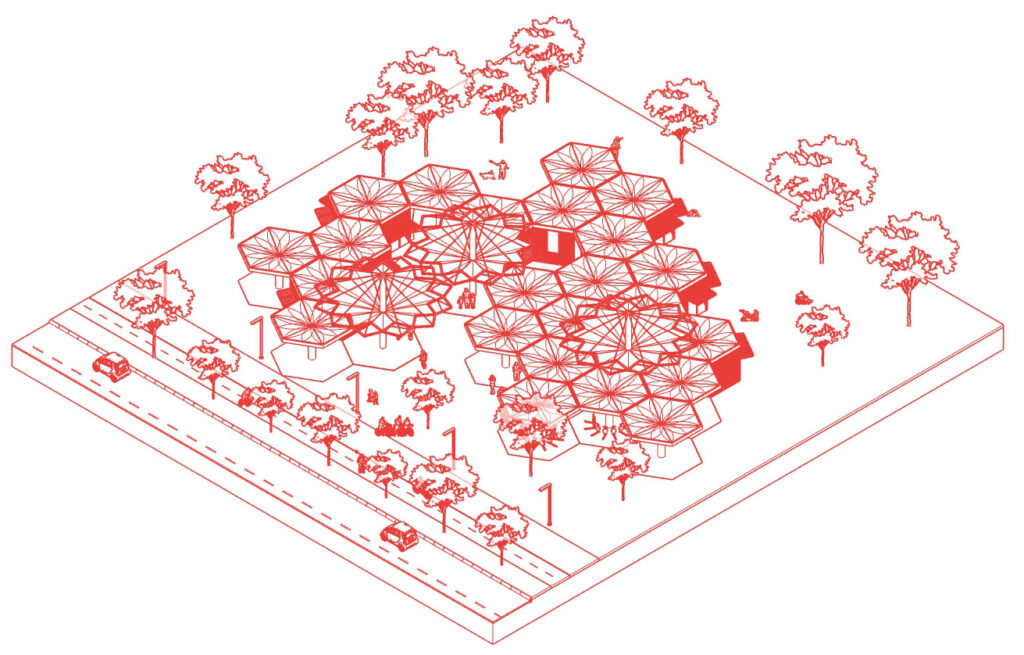
How is the tradition important in our proposal?
For bringing tradition to our project; we settle our start point in South Korean culture, specially in their traditional architecture, because we believe that current innovations can meet the wisdom of past generations. Therefore, for our project, we took inspiration from key aspects of traditional Korean architecture, such as:
- Richness in the materials, since they allow offering new atmospheres and enrich the haptic perception of the spaces. This, enables us to design universally, thinking in the diversity of sensory capabilities that everyone has.
- The beauty of the simple, creating basic shapes of spaces, so they can be intuitive to anyone. The self-orientation in these spaces is easier for everyone.
- Flexible spaces, inspired in the traditional Korean house: the Hanok. These houses, tend to be flexible for changing thought the day the use of a space: what is a living room in the day, can be a bedroom at night. We got inspired by this idea, and that’s why, we proposed the flexible system: to changing uses, in the public part, so that the module can be used one day by a group of elderlies that want to tell stories, and the next day, the same space could be used by a group of college students for doing their research session.
Love for the landscape, a characteristic also inspired by the traditional architecture. More precisely, in the “Mandang” : the interior garden found in Korean traditional homes. Yoojin Han (2018) states: “With an effort to bring the outside inside, this inner garden represents embracing others”, and that’s what we are searching for by creating our “Leaf” (the water intake) module. Leading to a multisensory and biophilic experience so that everyone can enjoy the space and the landscape together.
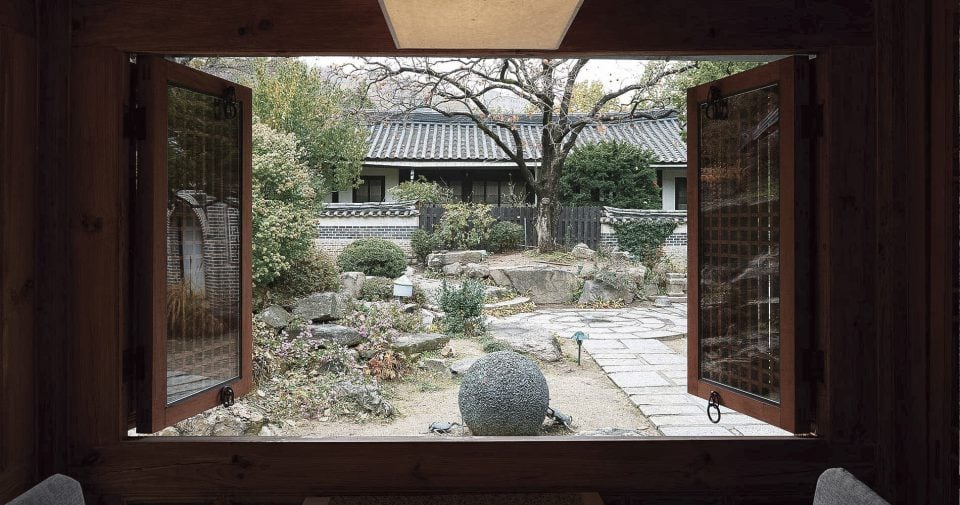
- Love for the nature, which is finally the key aspect that joint all our proposal. Recognizing the wisdom of the past means also recognize the wisdom of billions of years of evolution, and that’s why we made a nature-based design inspired by the lotus flower, since it, besides having an efficient strategy for managing water, has an important significance not only in Korea but also in Asian culture, being a flower that represents, self-regeneration, awakening and enlightenment, values, what we also wanted to introduce to Busan’s public spaces.
Our aim is to honor and incorporate these vital elements of Korean culture respectfully, fostering a deep sense of belonging among the residents of Busan. By doing so, our proposal becomes both desirable and feasible, ensuring that the community develops a genuine affection for the spaces we create. This, in turn, guarantees their active utilization and enjoyment by the people of Busan.
What are we following?
For reaching to this proposal, we followed some general values, SDG, Universal Design Rules and Busan’s KPI. That will be shown as follows:

Epilogue
How is our business plan?
Here’s the business plan that we will do for this project:
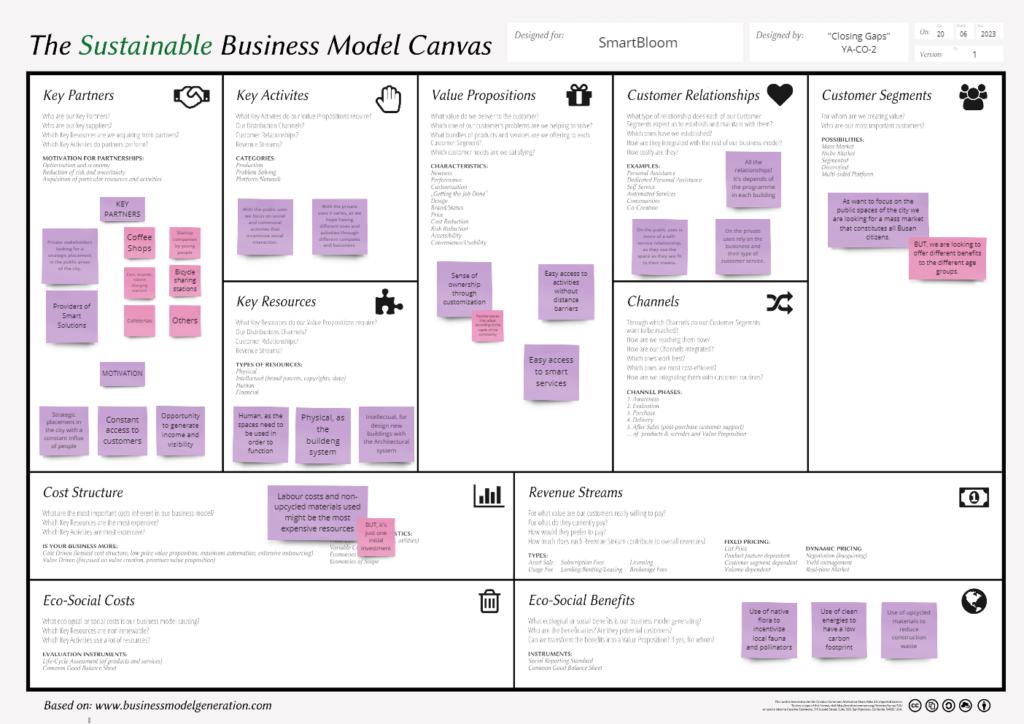
Our plan from here on…

The team behind the idea
We are thrilled to introduce ourselves, Reidesh, Erika and Juan Camilo, a dynamic group of Colombian architecture students hailing from the Universidad Nacional de Colombia. With a shared passion for architectural innovation, creative ideas and collaborative spirit. Qualities that have proven to be a significant strength in confidently tackling this complex problem.

Erika Lorena Chavarro Chacón
Architect Student at Universidad Nacional de Colombia Campus Bogotá, 9th Semester
[email protected]
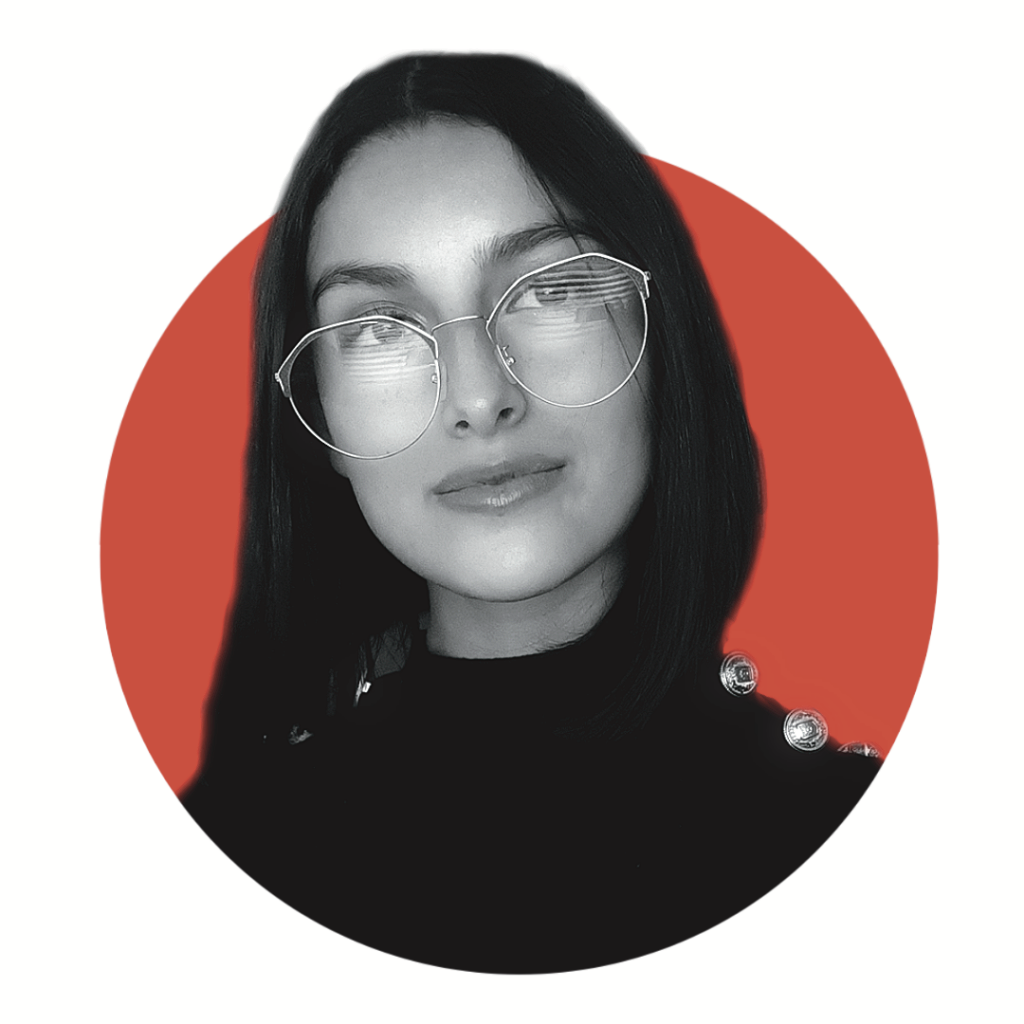
Reidesh Leal Chicuasuque
Architect Student at Universidad Nacional de Colombia Campus Bogotá, 8th Semester
[email protected]
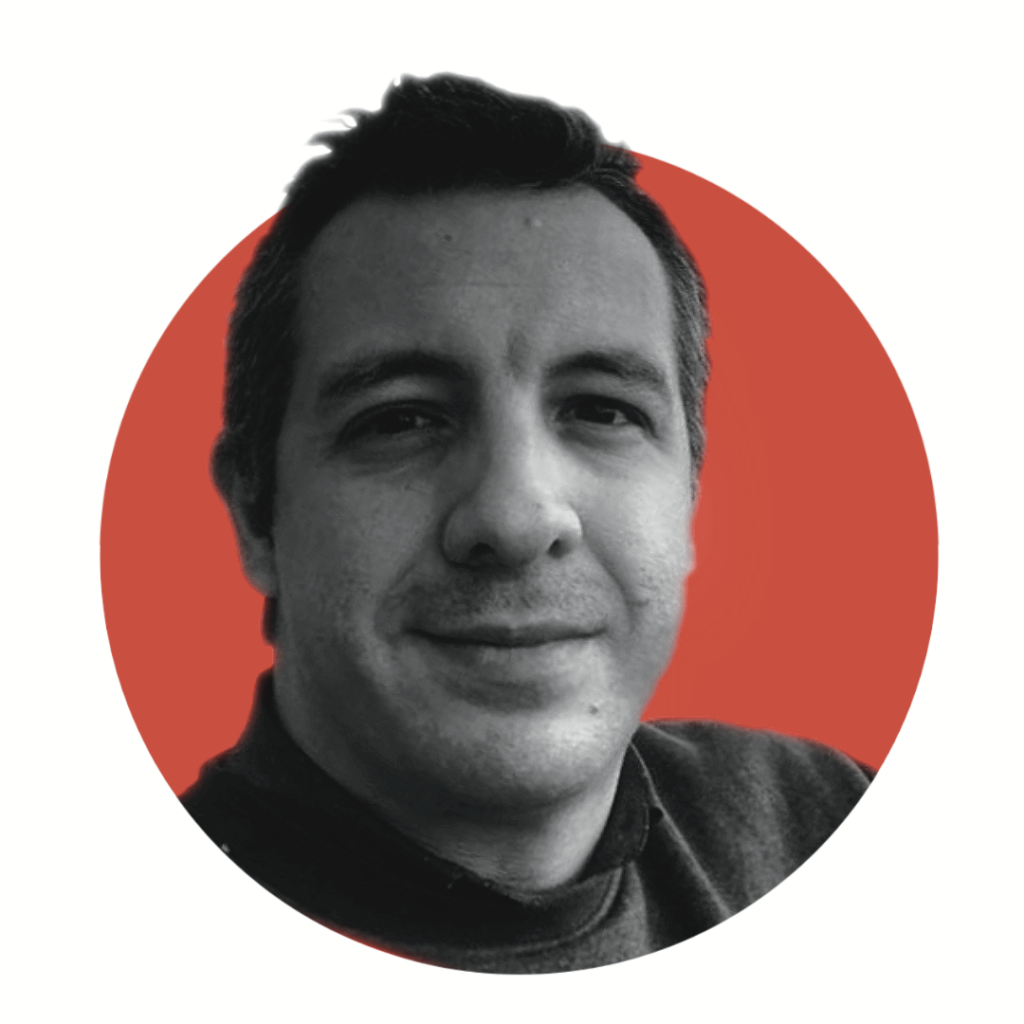
Juan Camilo Villegas Echavaría
Architect Student at Universidad Nacional de Colombia Campus Medellín, 10th Semester
[email protected]
If you are interested in helping us address this challenge, or if you would simply like to learn more about our efforts to make the world more sustainable, please do not hesitate to contact us at the addresses provided.
References
Biomimicry Institute. (2021). Functional Surface Finishing Inspired by Plants and Insects. Ask Nature. https://asknature.org/about/
Buzan Metropolitan City. (n.d.). Busan Eco Delta Smart City. Busan Is Good. Retrieved June 21, 2023, from https://www.busan.go.kr/eng/ecodelta01
Han, Y. (2018, July 4). Mandang: An Empty Space for Embracing Outside and Inside. YUN Journal. https://yun-berlin.com/journal/madang/
